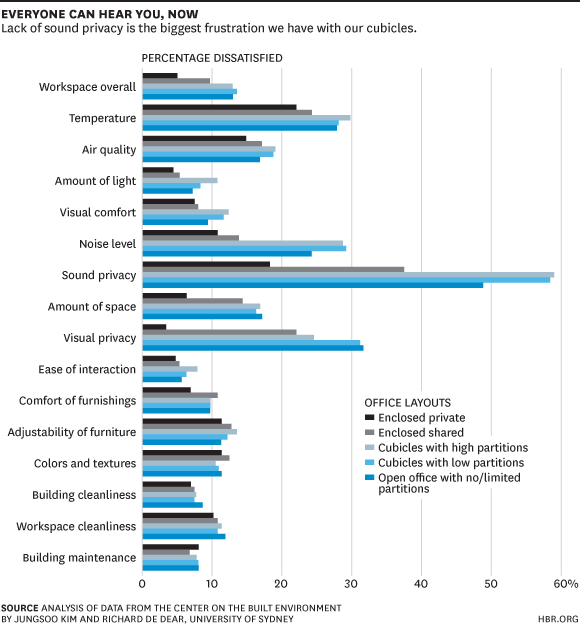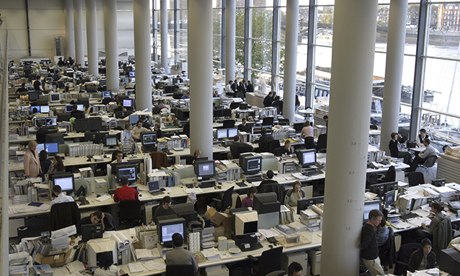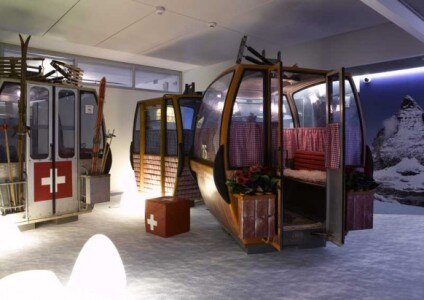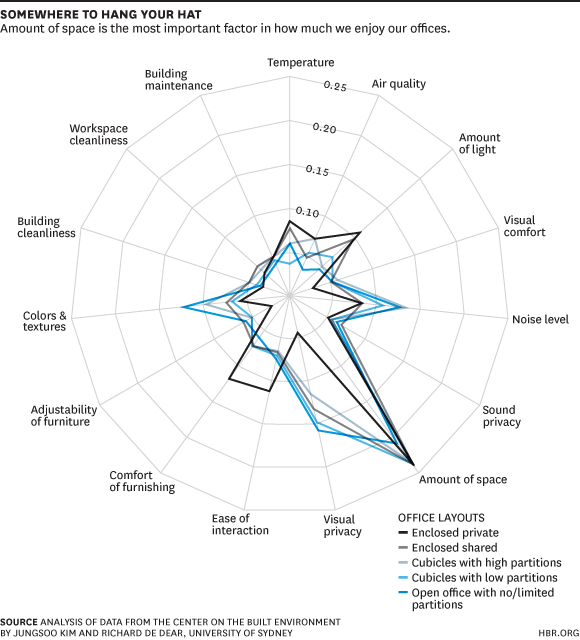In laboratory settings, noise has been repeatedly tied to reduce cognitive performance, where office commotion impairs workers’ ability to recall information or even do basic arithmetic.
When DEGW, a global consultancy, surveyed thirty-eight thousand workers on the impact of work places, they found that interruptions by colleagues were detrimental to productivity, and that the more senior the employee, the worse he or she fared.
Noise pollution could even to repercussions on health. A study by Cornell University found exposure to high levels of noise in the workplace can trigger increased levels of epinephrine, the hormone involved in the fight or flight response, leading to unnecessary levels of stress.
Also, if someone were upset, that would wash over the room and influence co-workers negatively. Situations like that are distracting at best and exasperating at worst because noise pollution could be damaging to productivity, attention spans, creative thinking, and overall satisfaction.
Environmental Restraints
In an open office, you can’t adjust the lighting or air conditioning up and down to your liking, compromising your own preferences and needs for the good of the ‘majority’.
How You Can Overcome Challenges Of Open Offices
A Quiet Culture
Most companies build environments where it’s too loud or too hush-hush – any culture that resides at the extreme ends are dangerous. Try instilling a culture of being quiet, where employees are encouraged to talk in private rooms or common areas, and use chat tools like Slack to communicate.
Create Alternative Spaces
High levels of noise, interruption, and lack of privacy are pain points in open offices that can be eased by creating collaborative spaces in the office. These are diverse areas where team members can have comfortable discussions without disturbing others. Collaborative spaces can be small private conference rooms or just a comfortable corner away from the main working area and furnished with lots of beanbags, where acoustics is good and noise generated from conversations will not disrupt other processes.
In addition, consider providing small separate areas where employees can do quiet, independent work when open-area rowdiness crescendos. For instance, RED Interactive Agency has a good mix of office ‘pods’ for teams to work together on projects, along with plenty of open spaces. Glass windows in offices and conference rooms allow workers to feel like they never leave the flow of the overall office, while they can also easily shut the door on noise and find sanctuary away from the hustle and bustle.














